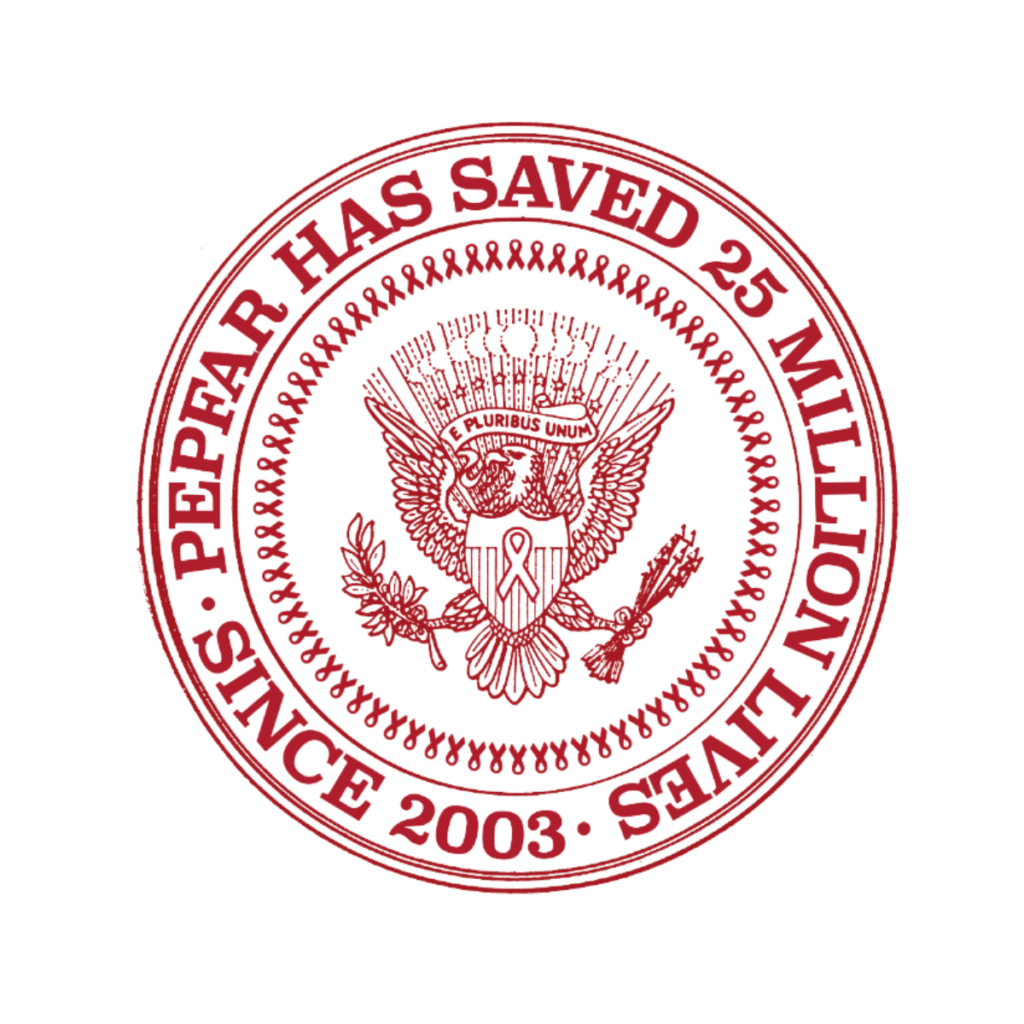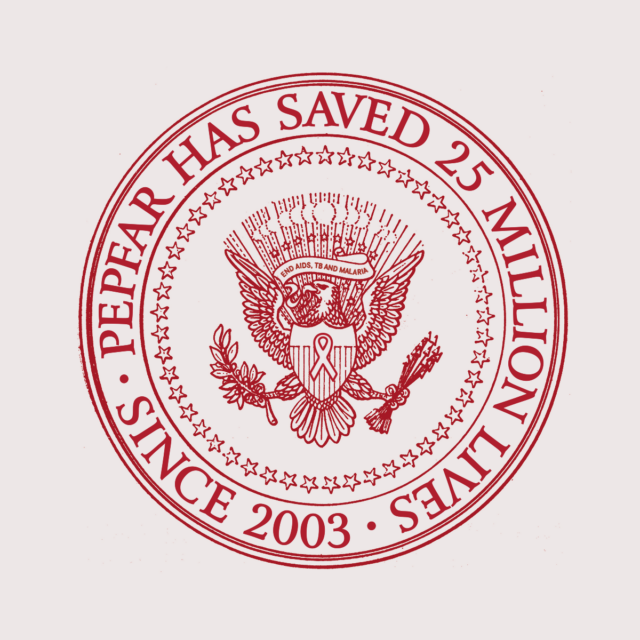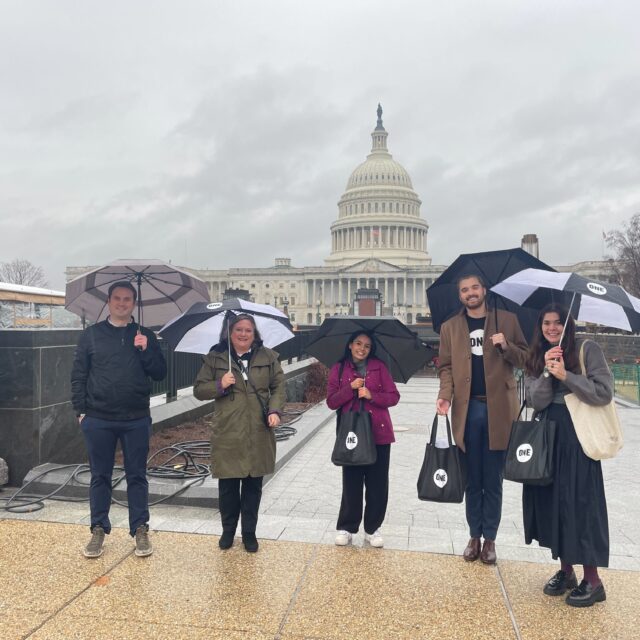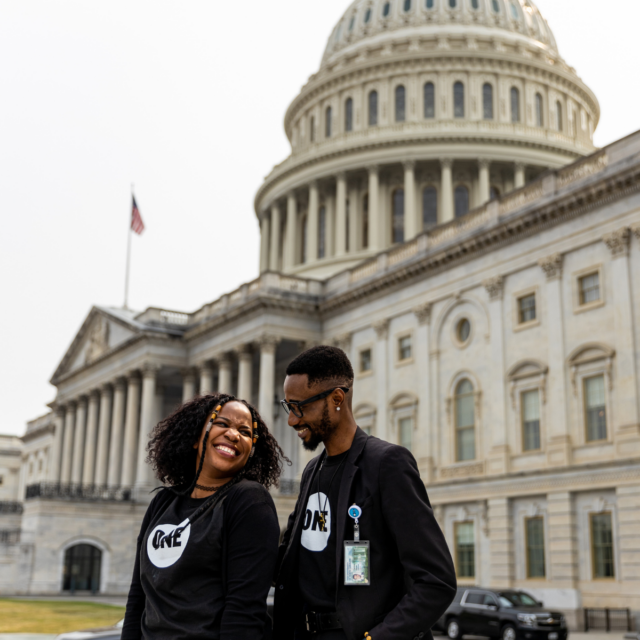On International Women’s Day, we’re taking a closer look at how PEPFAR in its historic efforts to combat HIV/AIDS has helped advance the health, education, and economic empowerment of women and girls in Africa.
By the Numbers
PEPFAR’s contributions to global health extend far beyond its incredible progress against HIV/AIDS:
Maternal Mortality
A study by the Kaiser Family Foundation found that, over the course of the program’s existence, PEPFAR countries saw significant reductions in both maternal and child mortality to the tune of 25% and 35%, respectively, relative to what would have been expected in PEPFARs absence.
Cervical Cancer
Over 20% of all 2020 deaths from cervical cancer, a preventable disease, occurred in sub-Saharan Africa, though the region represents only 15% of the world’s female population. Women living with HIV are 6x more likely to develop cervical cancer compared to HIV-free women. Go Further, a partnership between PEPFAR and the George W. Bush Presidential Center, works to promote access to cervical cancer care. As of 2021, Go Further has conducted more than 3.4 million screenings for women with HIV.
Women and Girls Have Big DREAMS
During her recent trips to Namibia and Kenya, First Lady Dr. Jill Biden saw firsthand how PEPFAR programming works to reduce the transmission of HIV/AIDS in women and girls. Much of that progress is the result of the DREAMS program Determined, Resilient, Empowered, AIDS-free, Mentored, and Safe.
Here in Katutura, @PEPFARs DREAMS program is slowing the spread of HIV and empowering young women. pic.twitter.com/Us8H9WG6P0
Jill Biden (@FLOTUS) February 24, 2023
A partnership between PEPFAR and several private sector groups, DREAMS focuses on equipping women and girls with the health supplies and education necessary to prevent or treat HIV/AIDS. The program has seen great success as of 2020, new HIV diagnoses among adolescent girls and young women had declined in all geographic areas implementing DREAMS.
But DREAMS also provides vital vocational training that allows the women and girls who utilize its services to stay in school where they are less likely to contract HIV and bolster their economic circumstances.
DREAMS touts many stories of success watch them here including Janet, a 13-year-old from Uganda who sought help from DREAMS when she thought she might have been exposed to HIV. The CDC shares her story:
I had just woken up after a busy night of work when a DREAMS coordinator came to me during her routine home visits in search of girls like me, Janet recalls. I for once felt loved and cared for. She gave me hope to live. I felt that the time had come for me to live a real happy life, she adds.
Janet was enrolled in DREAMS and offered an HIV test at the DREAMS safe space. She was fearful of the results, I couldnt believe what the health worker told me, Janet explodes with excitement. Janet, you are HIV negative. This was Janet’s turning point.
While in DREAMS, Janet was equipped with health knowledge and skills in knitting, tailoring, marketing, and financial literacy. Through the vocational and agricultural skills, Janet set up a home vegetable garden and rears goats and is hopeful that this will improve her income. I can now afford necessities. I cant go back to my old life on the streets, Janet says.
Whats Next?
The fight against HIV/AIDS looks vastly different today than in 2003, thanks in large part to programs like PEPFAR and the bipartisan US leadership that makes them possible. But women and girls continue to be disproportionately impacted by HIV/AIDS. In sub-Saharan Africa, women and girls accounted for 63% of all new HIV infections in 2021, with girls and young women between the ages of 15 and 24 twice as likely to be living with HIV than young men.
One of the largest groups of people who are contracting the disease now are our younger women and LGBTQ and other marginalized people, ONE President Tom Hart told CNN recently. So it’s going to be very, very difficult and take a concerted effort to deliver prevention and treatment services to those who remain.
PEPFAR has a plan to reach these women and girls. Its new five-year strategy places emphasis on advancing gender-equitable programming and maps out several key actions to expand the reach of the DREAMS program. This is why continued support for PEPFAR by US leaders is so critical Congress must reauthorize PEPFAR this year so it can continue its lifesaving work and finally finish the fight to end HIV/AIDS for everyone, everywhere.

Want to learn more about PEPFAR? Keep an eye on the ONE blog this story is a part of our PEPFAR at 20 series highlighting the program’s life-saving work while we fight for reauthorization in 2023!



